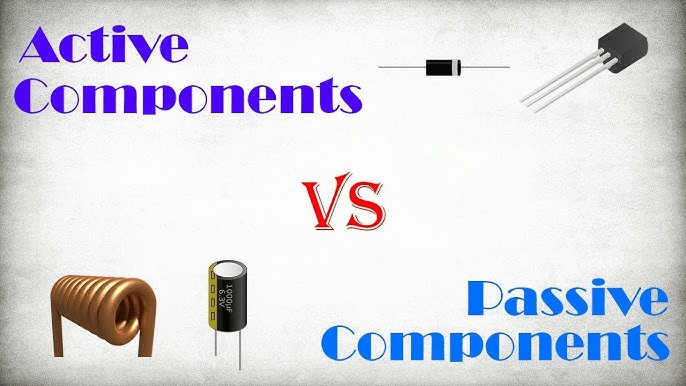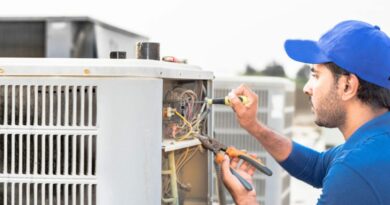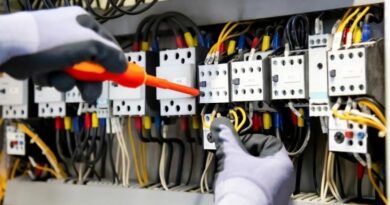What Is The Difference Between Active and Passive Components?
In electronics, every circuit is made up of components that either help amplify signals, conduct power, or control the flow of energy. These components can be divided into two types: active and passive components. Understanding their differences is important for designing circuits and fixing problems. This guide will look at the key differences, unique characteristics, and roles of active and passive components in electronic systems.
1. Active Components
Active components are electronic parts that control the flow of electricity and can add energy to a circuit. They can amplify power, create electrical signals, or act as switches. They control the movement of electrons using an external force. Active components usually require an external power source to operate.
Here are some common examples of active components:
Transistors: These are popular active components that are used to amplify signals or act as switches. They are key in building logic circuits, amplifiers, and oscillators.
Integrated Circuits (ICs): These are small chips that contain many active components, such as transistors and diodes, that all work together to perform complex functions. ICs are important in modern electronics, allowing devices to be made smaller and more powerful.
Operational Amplifiers (Op-Amps): Op-Amps are used for many functions, such as amplifying weak signals, filtering, and performing mathematical operations. Op-amps require power to function properly, making them active components.
2. Passive Components
Passive components cannot control or amplify current by themselves. They do not require an external power source to operate (other than the power supplied by the circuit they are part of). Instead, they conduct, store, or release energy in a circuit. Unlike active components, passive components cannot amplify or amplify signal strength.
Some common examples of passive components are:
Capacitors: Capacitors store and release electrical energy. They are important for smoothing voltage changes, filtering, and storing energy. They temporarily store energy and release it when needed.
Inductors: Inductors store energy in a magnetic field when current passes through them. It is used in applications such as filtering and power supplies to control current flow.
Resistors: These components limit current flow, helping to regulate voltage and current levels. They play an important role in setting the exact voltage and keeping the current in check to prevent damage.
Key Differences Between Active and Passive Components
External Power Requirement: Active components require an external power source, while passive components do not. For example, a transistor requires a DC power supply to amplify a signal, while a resistor only works with the current flowing through it.
Amplification: Active components can amplify signals, turning a small input signal into a large output. Passive components cannot do this – they either resist, store or release energy.
Energy Control: Active components control and adjust the energy in the circuit. They can switch currents, amplify signals, and generate power. In contrast, passive components only work with energy that is already there; They cannot add energy but can control current or voltage.
Complexity and Applications: Active components are important in more complex systems such as computers, amplifiers, and communication devices. Passive components are used for simple functions like filtering, tuning, storing energy, and adjusting circuit properties.




